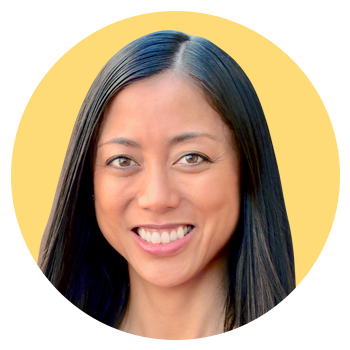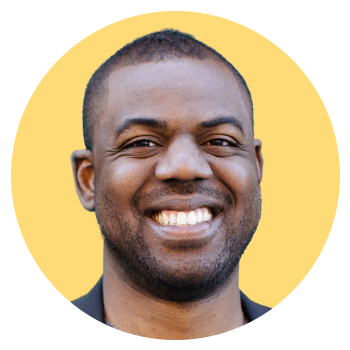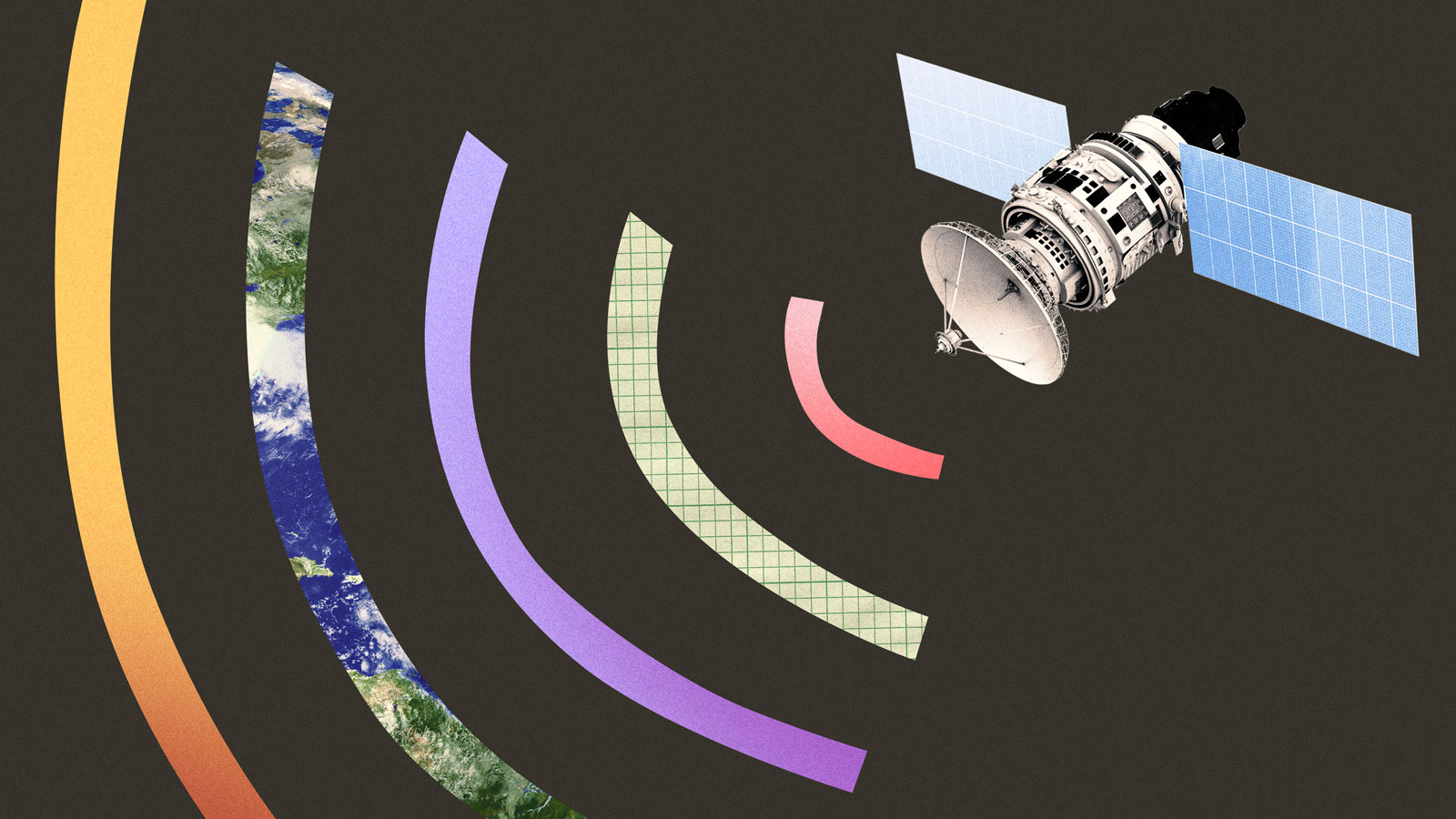This story is part of Fix’s What’s Next Issue, which looks ahead to the ideas and innovations that will shape the climate conversation in 2022, and asks what it means to have hope now. Check out the full issue here.
Power is a lot like oxygen or water from the tap — you notice it only when it’s gone.
But the nation’s electrical grid, saddled with aging infrastructure and battered by increasingly volatile and extreme weather, struggles to meet our insatiable energy needs. Much of the trouble is physical in nature — transmission lines break due to wildfires or frost, for example, and excessive demand causes blackouts. But some of it is because “the grid” is actually three complex and largely independent systems, each subject to different regulatory standards. Texas’s deregulated system collapsed in a catastrophic grid-wide meltdown and a record-breaking winter storm in 2021. Such disruptions are going to increase in frequency and severity barring a complete overhaul, and the most vulnerable residents, typically Black, brown, and low-income communities, will bear the brunt of it.
[Read: Where do we go from a crisis like the Texas winter freeze? 5 experts point the way.]
Fixing the problem won’t be easy. The grid — a vast network of power generation plants, transmission lines, and substations that generate and distribute electricity — spans the continent and requires a balletic dance of supply and demand, calibrated to the microsecond to provide exactly the amount of electricity required. Too little power causes a blackout; too much creates waste and poof, it’s gone. “The grid is unlike anything on earth,” says Duncan Campbell, VP at the microgrid startup Scale Microgrid Solutions and cofounder of the DER Task Force, a community of activists working toward a more equitable solution called distributed energy resources. “If you have too much corn, you stick it in a silo till next season, but if you have too much electricity, you just have to get rid of it.” And, presumably, the resources consumed to produce it.
Replacing or repairing aging equipment and adding additional electrical generation to meet increasing demand is expensive, and who wants a power plant in their neighborhood? But there’s another way: distributed energy resources (DER). Chances are, you’ve encountered DER without knowing it: Grid-connected devices like solar panels, electric vehicles, and HVAC systems are all examples of this technology. Such a system ditches the complexity of one large grid in favor of many smaller systems that generate and distribute power within a community or neighborhood. They are typically located close to where power is being used and usually rely on renewable energy.
Though much of the technology is cutting-edge, the idea dates to the 1970s. At the time, New York City’s East Village was dotted with abandoned tenements, so a group of young architects stuck the nation’s first rooftop urban windmill atop one, feeding extra electricity back to the grid and attracting a lawsuit when they requested compensation from the city’s power utility. (The group won.) Interest in DERs has exploded over the past few years as prices drop and energy experts discover how they can be used to manage and support an increasingly diversified and resilient grid — and bring green energy equity to more communities. One such example is in Oakland, California, where a peaker plant that provides additional electricity at times of high demand will soon be replaced by a network of solar panels and batteries installed in low-income housing.
[Read: From electron-based currency to micro-transport, imagine the green cities of 2121]
Fix spoke with five energy experts about how distributed energy is being implemented, and what must be done to ensure it fulfills the promise of advancing energy equity. Their responses have been edited for length and clarity.
Duncan S. Campbell, VP at Scale Microgrid Solutions and cofounder of DER Task Force
“More and more, we’re going to try to skip the distribution and put the supply next to the demand, so we can avoid distribution costs.“
 I grew up in Wilkes Barre, Pennsylvania, which became prosperous through mining anthracite coal. It was a huge part of the area’s economy and culture, and when it left in the 1960s — much earlier than in states like West Virginia — the economy left too. For decades, politicians promised to bring back coal, and obviously that never happened. That got me interested in all the new things happening at the intersection of energy, climate, and technology.
I grew up in Wilkes Barre, Pennsylvania, which became prosperous through mining anthracite coal. It was a huge part of the area’s economy and culture, and when it left in the 1960s — much earlier than in states like West Virginia — the economy left too. For decades, politicians promised to bring back coal, and obviously that never happened. That got me interested in all the new things happening at the intersection of energy, climate, and technology.
I lead our project analysis team at Scale Microgrid Solutions, which helps develop onsite DER solutions for commercial and industrial customers. There are a million options and it’s different at every site. But the end goal is to reduce costs while providing reliable power.
Solar and batteries are making the cost of generating power cheaper, while the cost of distributing it is not getting cheaper. More and more, we’re going to try to skip the distribution and put the supply next to the demand, so we can avoid distribution costs. Historically, that idea has been crazy, because there wasn’t any technology that did that well. You could put a mini coal power plant in your backyard, but that would be enormously expensive, and nobody would want it.
That’s not to say that we’re all going to go off grid. The grid is really valuable. But we’re going from a place of no energy being distributed, to more and more of it going that way. Who knows, maybe we get to half and half, or something like that, while saving the U.S. around half a trillion dollars. It’s a big, interesting, crazy future.
Tiya Gordon, cofounder and COO of EV charging startup It’s Electric Inc.
“As more and more homeowners install solar panels, they will be able to sell that electricity back to the utility and to street-parked EVs.”
 From an urban planning perspective, sidewalks are very interesting. Legally, sidewalks are a gray area, and most cities allow property owners to put things in front of their homes that benefit the general public, like bike racks or trees.
From an urban planning perspective, sidewalks are very interesting. Legally, sidewalks are a gray area, and most cities allow property owners to put things in front of their homes that benefit the general public, like bike racks or trees.
Electric vehicle charging stations fall into this gray area. In New York City alone, there are approximately 1 million drivers that rely on street parking. With the state in the process of phasing out internal combustion in favor of EVs, these drivers are going to need access to ample and reliable street charging. It’s Electric is designing curbside EV charging stations specifically for cities.
The demand for curbside charging isn’t there yet. But we don’t believe that it’s a chicken-or-egg scenario — the entire infrastructure must shift to accommodate EVs, as it’s going to be very hard to convince people to switch from an internal combustion engine if they literally can’t see where they would charge their car. Our goal is to model not only new ways of sourcing energy but a more equitable distribution of DER’s financial benefits.
It’s Electric will install and maintain thousands of small curbside charging posts, using existing electrical infrastructure to reduce costs and expedite municipal approvals. Our business model allows city residents to become partners in the city’s development of charging infrastructure: Since each post draws electricity from a specific property, revenue generated by that post will flow not only to the utility but also to each property owner. And as more and more homeowners install solar panels, they will be able to sell that electricity to the utility and to street-parked EVs, reducing their total electricity bill. Moreover, EVs can act as roaming backup power, pushing their stored power to individual homes or helping to support an overstrained grid. This has the potential to create resilience in neighborhoods with historically underserved electrical grids.
Steven Brisley, head of marketing at smart grid software provider Camus Energy
“A more equitable future is possible, where every community member can access affordable, reliable, zero-carbon power.”
 There’s a fear that as wealthier folks invest in clean energy technologies like rooftop solar and backup batteries, they’ll stop paying their fair share of grid costs. This would dump the rising expenses associated with worsening climate impacts and aging infrastructure on those least able to afford them.
There’s a fear that as wealthier folks invest in clean energy technologies like rooftop solar and backup batteries, they’ll stop paying their fair share of grid costs. This would dump the rising expenses associated with worsening climate impacts and aging infrastructure on those least able to afford them.
But a more equitable future is possible, where every community member can access affordable, reliable, zero-carbon power. An initial step in promoting energy equity is to help utilities reduce their costs, which means enabling the adoption of local renewables like solar. It also means using distributed energy resources, such as batteries and smart thermostats, to lower demand on the system on days when the need for electricity is the highest. That can save millions in transmission fees.
Camus’s software provides what we call a grid-management system — something like a big Google Maps overlaid with all the different utility lines, equipment, and resources. The platform provides utilities with tools for monitoring real-time grid conditions, forecasting near-term electricity demand and supply, controlling distributed devices like batteries and solar systems, and, in general, keeping the grid running with lots of changing parts. If a customer can’t afford to buy a solar backup battery, for example, we also make it possible for utilities to adapt efforts like no-money-down solar and storage and community solar programs.
Right now, we’re primarily working with electric co-ops, which are by and large in rural areas. We are working with one community-owned utility in Taos, New Mexico, which involves powering both Native American pueblos and upscale homes. The solar opportunity is huge there, so they set a goal of getting 100 percent of their daytime power from solar by mid-2022. They’ve already hit that on some days. They’ve got one more solar array coming online, and then they’ll make it pretty much every day this year. They will be saving $10 million a year too, which is basically half of their energy costs.
Tish Tablan, program director at the community solar nonprofit Generation180
“Solar is contagious, meaning the best predictor of someone choosing solar is if their neighbor adopts solar. So when a school goes solar, it normalizes it for the community.”
 Generation180’s mission is to inspire and equip people to take clean energy action. Our vision, as part of our Solar for All Schools program, is for all schools to adopt solar not only because we all need to reduce our carbon emissions, but because it also makes financial sense.
Generation180’s mission is to inspire and equip people to take clean energy action. Our vision, as part of our Solar for All Schools program, is for all schools to adopt solar not only because we all need to reduce our carbon emissions, but because it also makes financial sense.
Schools are ideal because lots of them have land, they have large roofs, and they are in every community. Schools also have high visibility and impact, and what they do can have ripple effects in the community. Research tells us that solar is contagious, meaning the best predictor of someone choosing solar is if their neighbor adopts solar. So when a school goes solar, it normalizes it for the community. It was a pleasant surprise to find that schools are also really good at putting solar-adoption pressure on neighboring schools. We estimate that if all K-12 schools in the country were powered with 100 percent clean energy, the carbon emissions reduction would equal closing 18 coal-fired power plants.
In 2020, we researched how many U.S. schools had gone solar and how they were paying for it. We now know that nearly 80 percent of school solar capacity is funded by a third party, usually a solar developer, typically in a power purchase agreement. Under this type of agreement, the developer pays for equipment, installation, and maintenance of the solar panels, and then the school purchases the electricity produced by the panels from the developer, usually at a lower rate than what they were paying their utility. There are 29 states plus D.C. where you can enter in these kinds of arrangements.
In Virginia, where we are based, the amount of solar in schools has grown more than a hundredfold since [the state] enabled this policy in 2013. And West Virginia — coal-mining country, historically speaking — recently passed a bill to encourage solar power purchase agreements. We’re just starting to see school districts there, in one of the most economically distressed regions of the state, able to access solar savings that they can invest back into education.
Donnel Baird, founder at BlocPower, which helps property owners make their buildings more energy efficient
“Do you want a benevolent tech company to have a monopoly on clean energy? My view is, the faster we can distribute benefits and ownership to the broadest range of people, the better off we’re all going to be.”
 As the clean energy industry decentralizes, who’s going to own it? The utility companies, or maybe a big tech company like Microsoft, Google, or Apple? I think those companies would probably be benevolent, as they care about the climate. But do you want a benevolent tech company to have a monopoly on clean energy? My view is, the faster we can distribute benefits and ownership to the broadest range of people, the better off we’re all going to be. Clean energy that’s produced and consumed on site should be owned by local people, instead of these centralized giant energy monopolies.
As the clean energy industry decentralizes, who’s going to own it? The utility companies, or maybe a big tech company like Microsoft, Google, or Apple? I think those companies would probably be benevolent, as they care about the climate. But do you want a benevolent tech company to have a monopoly on clean energy? My view is, the faster we can distribute benefits and ownership to the broadest range of people, the better off we’re all going to be. Clean energy that’s produced and consumed on site should be owned by local people, instead of these centralized giant energy monopolies.
How does that happen? We have the FDR model of rural communities owning their electric utilities, and it’s a model that exists all over America. It’s not so far-fetched to say we’re going to take this existing model and make it a clean energy model, which all the utilities are going to have to do anyway because fossil fuels are obsolete. So how do you have a community of people co-own the implementation of clean energy assets? From everybody like the crazy cryptocurrency bros, all the way through Biden and Harris and the Justice40 initiative, you’re seeing this idea of community ownership emerge. We just need the clean energy economy and clean energy investors and corporations to get on board with the macro trend from the policy and software sectors. We’re going to have to make sure it’s not just affluent people but low-income people too who have access to the clean energy infrastructure that’s coming.
And I don’t just mean that ethically or morally — I mean that logistically and practically. I’m not a person who’s running around talking about equity from a moral standpoint. Yes, we should help more disenfranchised people, because it is the right thing to do. But we just don’t have a choice. Everything else has failed. If we’d spent the last 10 years investing in clean energy infrastructure in West Virginia, on jobs that pay better and are safer than the coal mining jobs, Joe Manchin would’ve had to vote for clean energy policy. But because we haven’t invested in equity in a major and transformative way, we can’t pass shit.
So just from a very pragmatic standpoint, if we don’t invest in equity, we’re not going to be able to build the broad political support we need to rapidly transform the economy from fossil fuels to clean energy. It’s the only way to preserve this planet and this country for our kids. If everybody understood that, we wouldn’t be having a conversation centered around the idea of equity being a priority. It would be obvious, because there can be no clean energy revolution without it.
Explore more from Fix’s What’s Next Issue:
- 22 Predictions for 2022
- Hope is not passive: How activism keeps optimism alive
- What Biden’s ‘smart’ border means for climate migration




